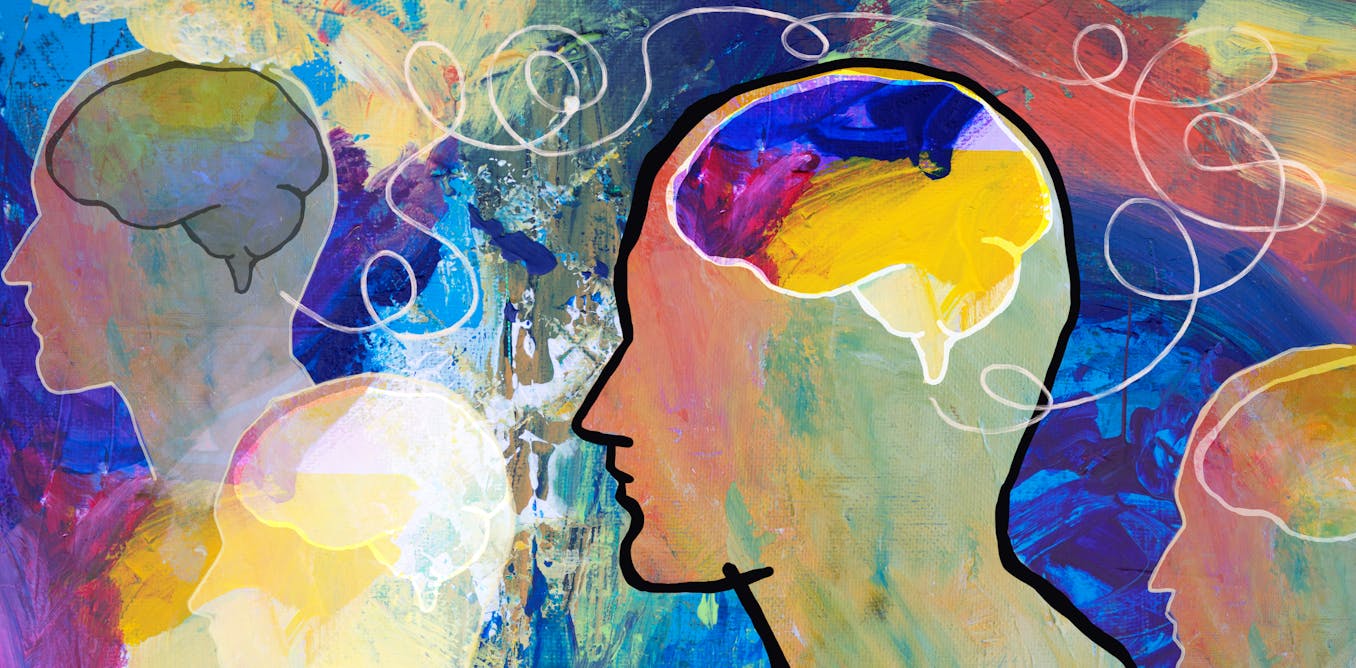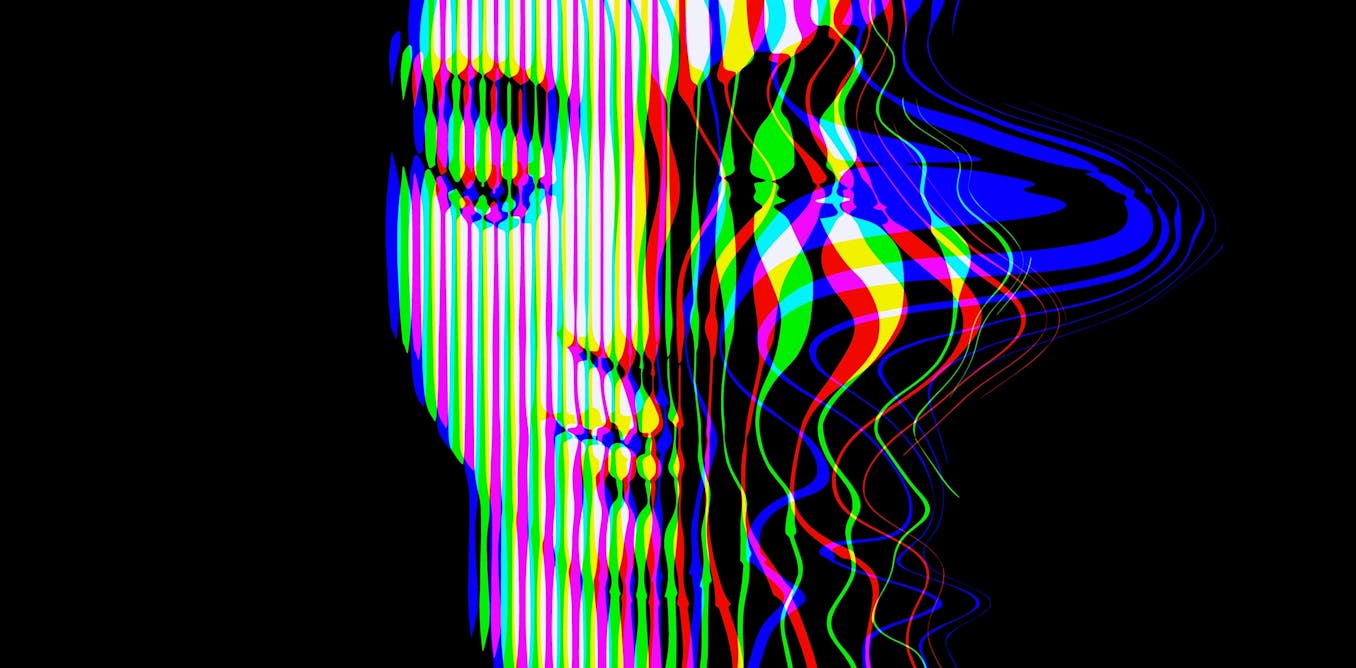The mental-health app Woebot launched in 2017, back when “chatbot” wasn’t a familiar term and someone seeking a therapist could only imagine talking to a human being. Woebot was something exciting and new: a way for people to get on-demand mental-health support in the form of a responsive, empathic, AI-powered chatbot. Users found that the friendly robot avatar checked in on them every day, kept track of their progress, and was always available to talk something through.
Today, the situation is vastly different. Demand for mental-health services has surged while the supply of clinicians has stagnated. There are thousands of apps that offer automated support for mental health and wellness. And ChatGPT has helped millions of people experiment with conversational AI.
But even as the world has become fascinated with generative AI, people have also seen its downsides. As a company that relies on conversation, Woebot Health had to decide whether generative AI could make Woebot a better tool, or whether the technology was too dangerous to incorporate into our product.
Woebot is designed to have structured conversations through which it delivers evidence-based tools inspired by cognitive behavioral therapy (CBT), a technique that aims to change behaviors and feelings. Throughout its history, Woebot Health has used technology from a subdiscipline of AI known as natural-language processing (NLP). The company has used AI artfully and by design—Woebot uses NLP only in the service of better understanding a user’s written texts so it can respond in the most appropriate way, thus encouraging users to engage more deeply with the process.
Woebot, which is currently available in the United States, is not a generative-AI chatbot like ChatGPT. The differences are clear in both the bot’s content and structure. Everything Woebot says has been written by conversational designers trained in evidence-based approaches who collaborate with clinical experts; ChatGPT generates all sorts of unpredictable statements, some of which are untrue. Woebot relies on a rules-based engine that resembles a decision tree of possible conversational paths; ChatGPT uses statistics to determine what its next words should be, given what has come before.
With ChatGPT, conversations about mental health ended quickly and did not allow a user to engage in the psychological processes of change.
The rules-based approach has served us well, protecting Woebot’s users from the types of chaotic conversations we observed from early generative chatbots. Prior to ChatGPT, open-ended conversations with generative chatbots were unsatisfying and easily derailed. One famous example is Microsoft’s Tay, a chatbot that was meant to appeal to millennials but turned lewd and racist in less than 24 hours.
But with the advent of ChatGPT in late 2022, we had to ask ourselves: Could the new large language models (LLMs) powering chatbots like ChatGPT help our company achieve its vision?…
Read full article: Woebot, a Mental-Health Chatbot, Tries Out Generative AI

The post “Woebot, a Mental-Health Chatbot, Tries Out Generative AI” by Aaron Pavez was published on 05/26/2024 by spectrum.ieee.org




































